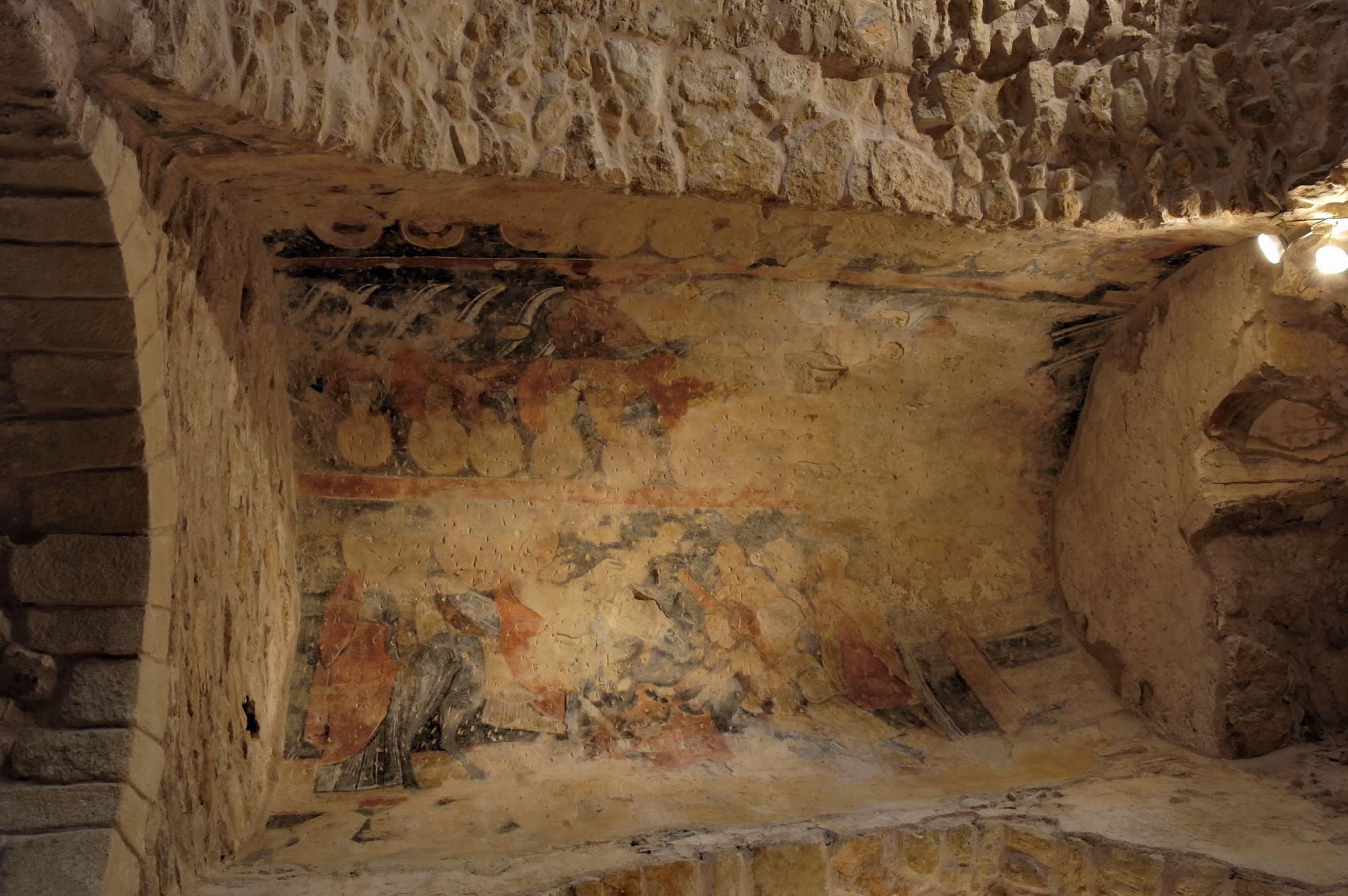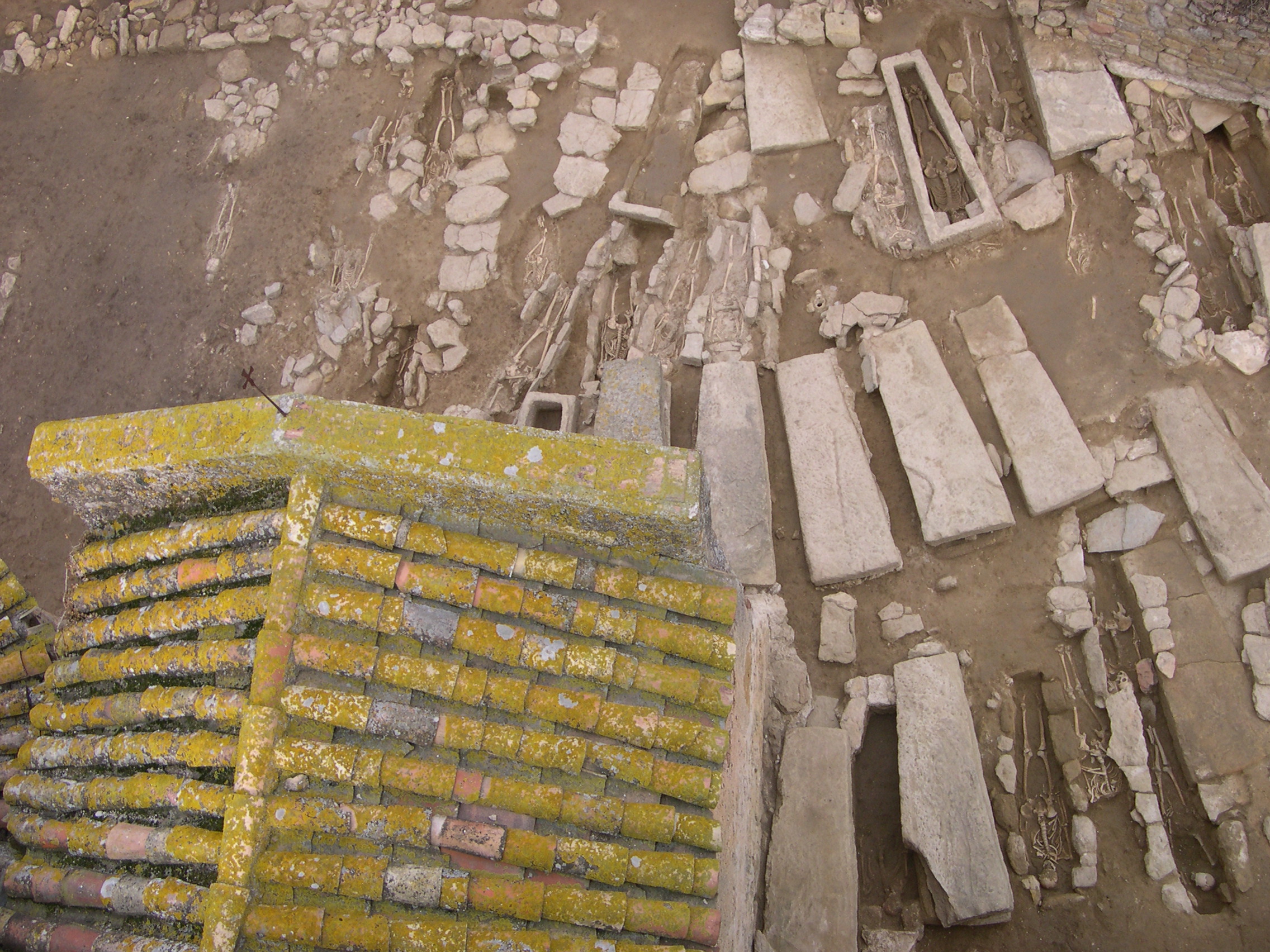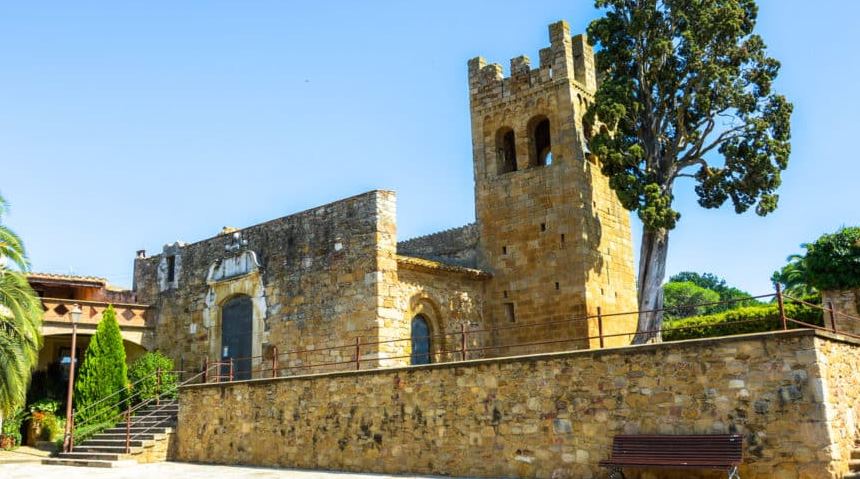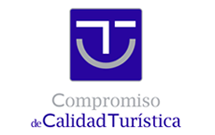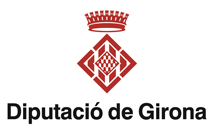Canapost's Necropolis
Halfway between Peratallada and Vulpellac, the medieval elements of Canapost are made up of the church of Sant Esteve and the medieval necropolis with significant monolithic sarcophagus in sandstone.
If we approach the church of Sant Esteve de Canapost we can see the remains of a medieval cemetery discovered from the archaeological excavations carried out in this area.
At the moment, the archaeological remains that can be seen correspond to a necropolis or cemetery from medieval times. However, on top of these remains, there was a part of a necropolis from modern times (16th-18th centuries). As it may be, the medieval necropolis, with an approximate dating of between the tenth and fifteenth centuries, was located in the vicinity of the church and under the burial site from modern times. The excavation process was complicated since many modern tombs partially cut through some medieval burial sites.
Between the months of November of 2004 and May of 2005, the City council realised an archaeological excavation around the church of Sant Esteve de Canapost that enabled them to locate 85 anthropomorphous tombs (in the form of a person) made with slabs and 18 sarcophagi carved into sandy rock that was very typical of the area.
All the visible tombs are medieval and during the excavation several ceramic pots were found next to the deceased and scallop shells, carried from Santiago de Compostela by a pilgrim more than 600 years ago.
This place is worth a visit to enjoy the peace and tranquillity that it breathes and to observe the discovered archaeological remains as it is one of the medieval necropolis with the most spectacular stone sarcophagi in the whole of Catalonia.
The church of Sant Esteve de Canapost is one of the most notable and perhaps unknown elements of our municipal heritage despite it being one of the architectural references of Romanesque Catalonia.
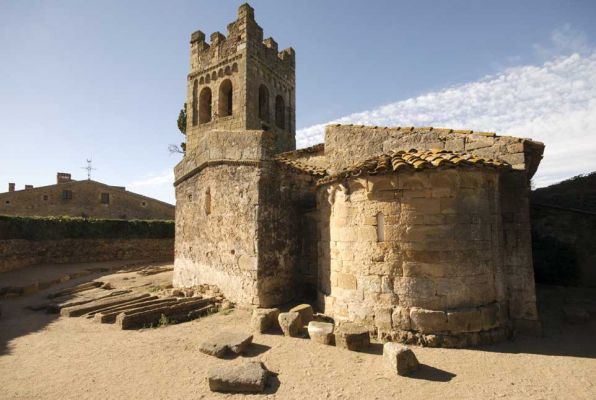
The church of Sant Esteve de Canapost is one of the most notable and perhaps unknown elements of our municipal heritage despite it being one of the architectural references of Romanesque Catalonia.
The church currently has two juxtaposed buildings, one is pre-Romanesque with a nave, a transept and a trapezial apse; and a Romanesque one with a semicircular apse. It is made up of three easily identifiable associated areas. The main area, in pre-Romanesque style, configures the nucleus of the church and was built around the 9th or 10th century. Its transept stands out, which is much higher than the nave's roof, with a well-marked horseshoe vault. Later, between the 11th and 12th centuries, the square designed bell tower was joined, to the south, and a parallel nave, to the north, in Romanesque style.
The front, where the door of the main entrance to the temple is now open, dates back to the 18th century and it was never finished. Indeed, behind the apses we can see, on the floor, the remains of the rose window that must have completed the façade. The church's invocation is dedicated to Sant Esteve and Sant Clet, the third pope of the Christian church that held office between 76 and 88. The church had a remarkable gothic altarpiece, of the Mare de Déu de Llet, that today is conserved in the Museum of Art in Girona. Next to the church there is a late medieval necropolis.
Romanesque paintings
On the main altar and around the transept you can see remains of Romanesque paintings of extraordinary heritage value. In the eastern part you can glimpse a horse character, which could correspond to the biblical scene of the entrance of Jesus to Jerusalem and could date from the 12th century. On the opposite side, there is a scene of the Last Supper that experts place in the 15th century. They occupy about 10 square metres and were made from earth colours, made with the combination of iron oxide and lime minerals. The polychromes were discovered in 1999 as a result of some samples made from some pieces of paint located a long time ago. They were restored in 2002.
